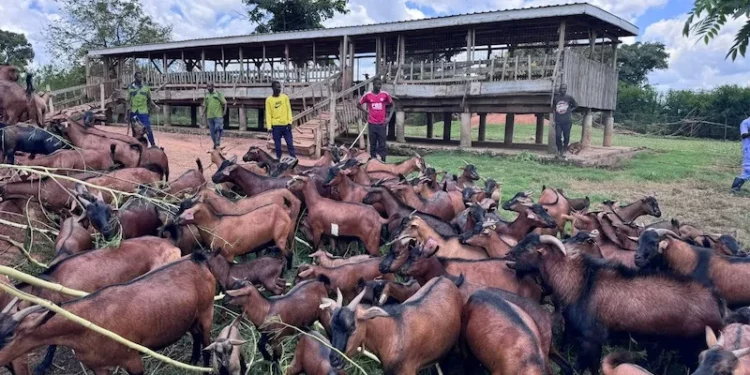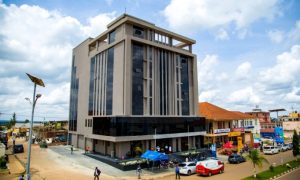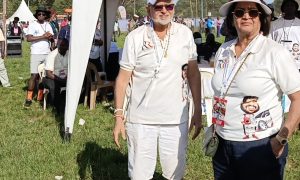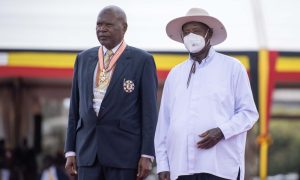The National Animal Genetic Resources Centre and Data Bank (NAGRC&DB) has unveiled the Kasolwe Brown Goat, a new breed designed to revolutionize goat farming and position Uganda as a leading exporter of goat genetic resources in sub-Saharan Africa.
The breed, developed at the Kasolwe Stock Farm in Kamuli District, is the result of collaboration between NAGRC&DB scientists and private breeders in Kamuli and Buyende districts.
Through selective breeding of indigenous goats, the Kasolwe Brown Goat boasts high twinning rates, rapid growth of up to 127 grams per day, strong weaning percentages, and resilience to diseases including Haemonchosis and Heart Water.
Dr. Katali Benda, head of NAGRC’s goat breeding programme, described the breed as a “game-changer” for commercial goat farming.
“Its ability to thrive across diverse agro-ecological zones and reproduce prolifically will empower farmers and strengthen the livestock sector,” he said.
The goats’ robust dark brown coat, black mane, and sturdy limbs enhance their survival in challenging terrains. Mature females can weigh up to 65kg, and males up to 75kg, with large udders capable of sustaining twins and triplets without supplementation.
Ugandan farmers have long relied on expensive exotic breeds from South Africa, the UK, and Switzerland, often with disappointing results. Crossbreeding these imports with local goats has provided limited benefits, requiring costly management systems beyond the reach of most smallholders. The Kasolwe Brown Goat provides a locally adapted, cost-effective alternative.
Dr. Ssengoye Gordon, NAGRC’s Technical Manager of Production, said: “This breed eliminates the need for costly imports while delivering superior productivity.”
NAGRC&DB has partnered with Kasombereza Farm Solutions to establish the Kasolwe Goat Breed Society, which will manage nationwide distribution. The initiative aligns with government programmes such as the Parish Development Model (PDM) and Emyooga, aimed at boosting rural incomes and food security.
The breed has already generated excitement in Kamuli and Buyende, where pilot farmers report significant gains. NAGRC has deployed armed guards to protect valuable male breeding stock from theft.
International research institutions, including Makerere University and the University of Edinburgh’s Roslin Institute, are studying the goat’s genetic adaptations for disease resistance and environmental tolerance.
Dr. Peter Beine, NAGRC&DB’s executive director, said Uganda has the potential to dominate the export of goat genetic resources in the region.
“With the right support, this breed can turn Uganda into a major livestock player in sub-Saharan Africa,” he said.
As domestic and regional demand for goat meat and milk grows, the Kasolwe Brown Goat offers a sustainable and high-yield solution for farmers, potentially transforming Uganda’s livestock sector.

























